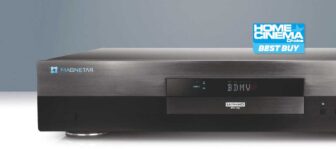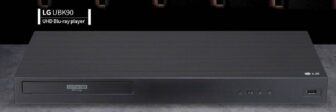Sony UBP-X800M2 Review
Sony has been a key player in the development of optical disc formats from the beginning, including the CD, SACD, Blu-ray, and their UHD successor. It’s no surprise that their new Sony UHD-BD player handles all disc formats.
However, while the UBP-X800M2 can play all discs, it does not support everything — namely HDR10+, the competitor to Dolby Vision. Both technologies deliver program-dependent improvements to contrast and color by using dynamic metadata. Dolby Vision has become widely adopted in most UHD Blu-ray players, and many UHD discs now support it. HDR10+, on the other hand, is mostly found on Panasonic players like the DP-UB9004 and DMP-UB824. Sony does not support it here.

Though HDR10+ isn’t widely available on discs yet, the Sony’s ability to play high-resolution audio discs like SACD and DVD-A is more significant, as the DMP-UB824 doesn’t support these. Of course, all players, including this one, handle CDs, DVDs, and BDs.
Advanced Video Technology
The Sony UBP-X800M2 offers HDR10, increasing maximum brightness while maintaining rich black tones. It uses the wide BT.2020 color space, which allows more vibrant and realistic colors compared to standard SDR signals. Dolby Vision, supported by the Sony, further enhances the image quality, making blacks deeper and colors more vivid.
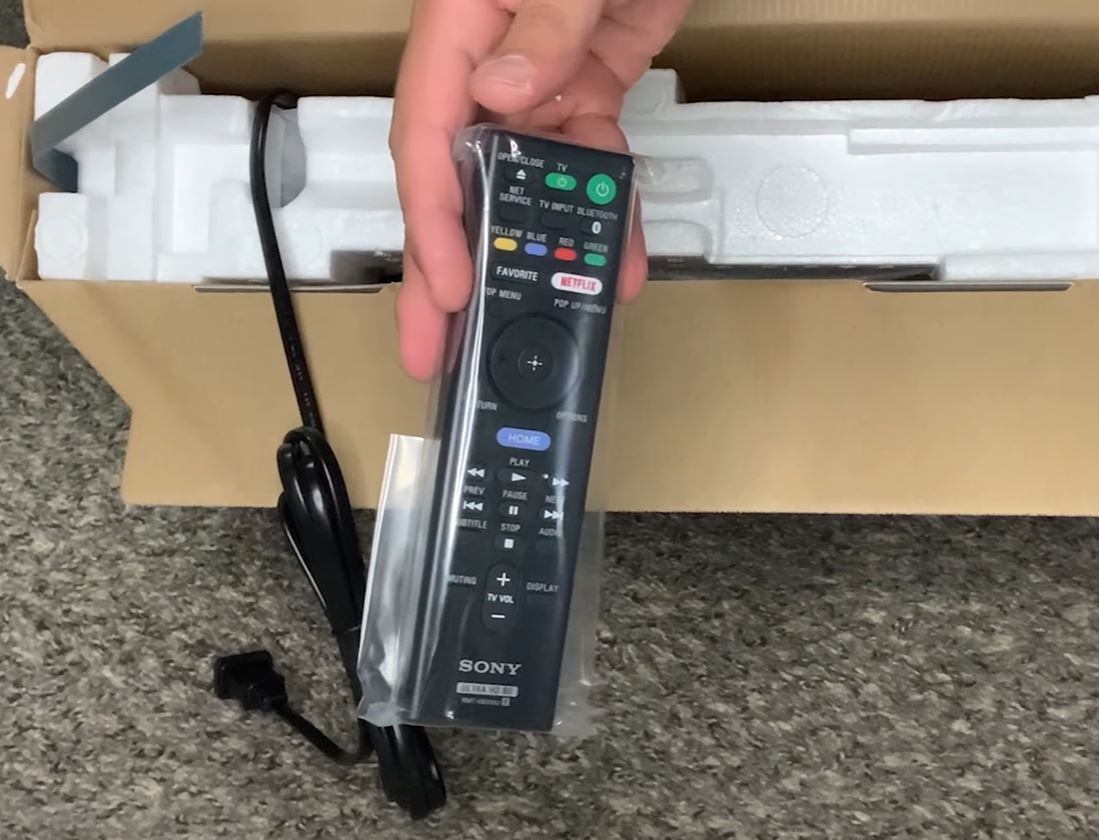
Sony, like Panasonic, has taken steps to enhance the quality of 4K HDR movies when viewed on non-HDR TVs. The HDR-SDR conversion intelligently maps the wider HDR brightness range into an SDR image. For HLG (Hybrid Log Gamma), developed by the BBC and NHK, the player outputs a single video signal that can be interpreted as SDR or HDR depending on the TV’s capabilities. The UBP-X800M2 also upscales SDR content to near 4K quality.
At a price, the UBP-X800M2 is quite affordable. However, cost-cutting is evident in the lack of analog outputs, including for multi-channel and stereo audio. It also lacks a headphone jack. This reduces production costs by eliminating the digital-to-analog converter, leaving only digital audio output, which can be delivered via coaxial S/PDIF for connection to a stereo amplifier with digital inputs.
HDMI for Video and Audio
The player comes with dual HDMI ports: one dedicated to audio and the other for video, making it compatible with older HDMI 1.4 AV receivers. The HDMI 2.0 port sends video to HDR-capable TVs. These separate outputs also help reduce HDMI jitter. Additionally, the player can send audio via Bluetooth to a wireless speaker using Sony’s high-quality LDAC codec. When using digital outputs, the sound quality depends on the AV receiver’s DAC.
In terms of picture quality, the UBP-X800M2 delivers excellent sharpness, particularly when upscaling HD content to 4K. However, this simple pixel doubling is not as refined as the advanced interpolation used by Panasonic’s DMP-UB824.
Quiet Operation
Since UHD Blu-ray discs spin at up to 5,000 RPM, reducing noise is crucial. Sony has equipped the UBP-X800M2 with a sturdy chassis to minimize vibrations, resulting in near-silent operation, especially during UHD BD playback. This makes the Sony player quieter than Panasonic’s.
From the Test Lab
The brightness frequency response shows excellent performance. The color frequency response, though not refined by advanced interpolation, still delivers very good sharpness through simple pixel doubling.

There are some differences in supported audio formats. The Sony supports PCM audio up to 192 kHz/24 bit, while the Panasonic goes up to 384 kHz/32 bit, though this is unlikely to be relevant in most situations.
Online services include Prime, YouTube, and Netflix (in Dolby Vision). However, a more user-friendly power-on automation would be nice, and the player lacks voice control features like Alexa or app-based operation.

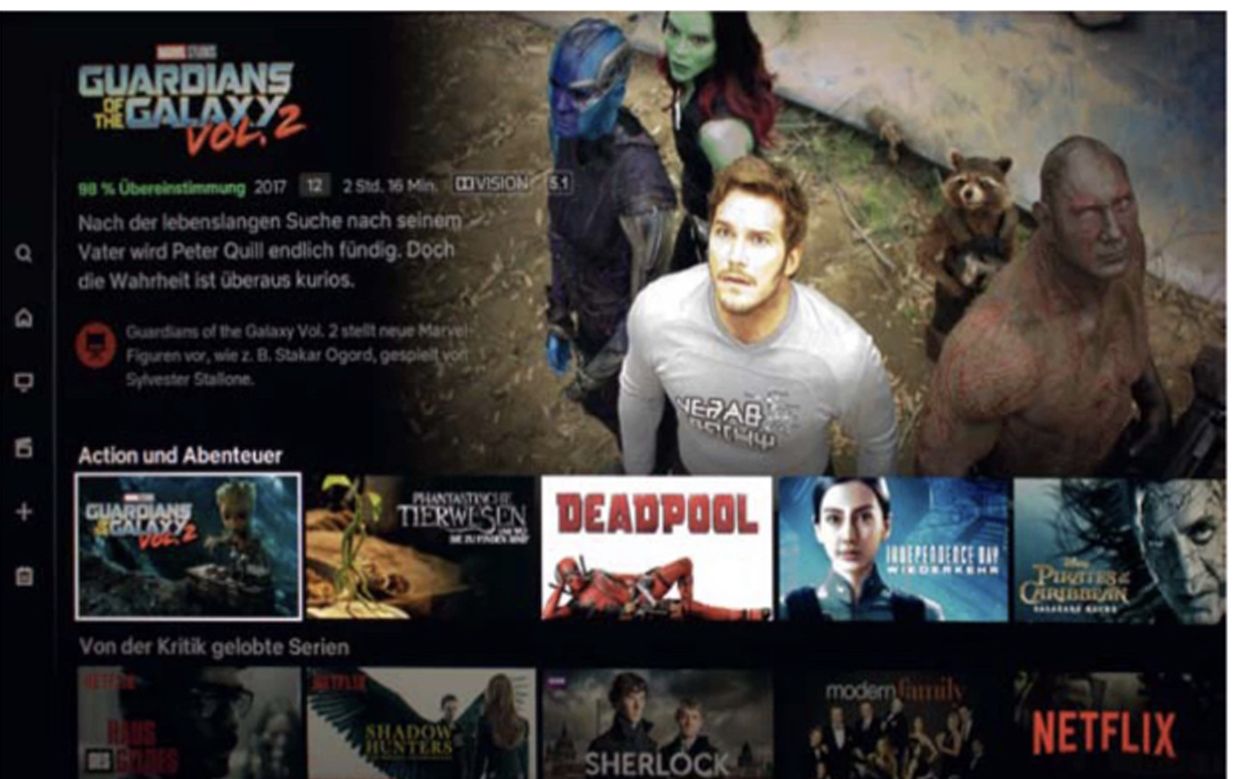
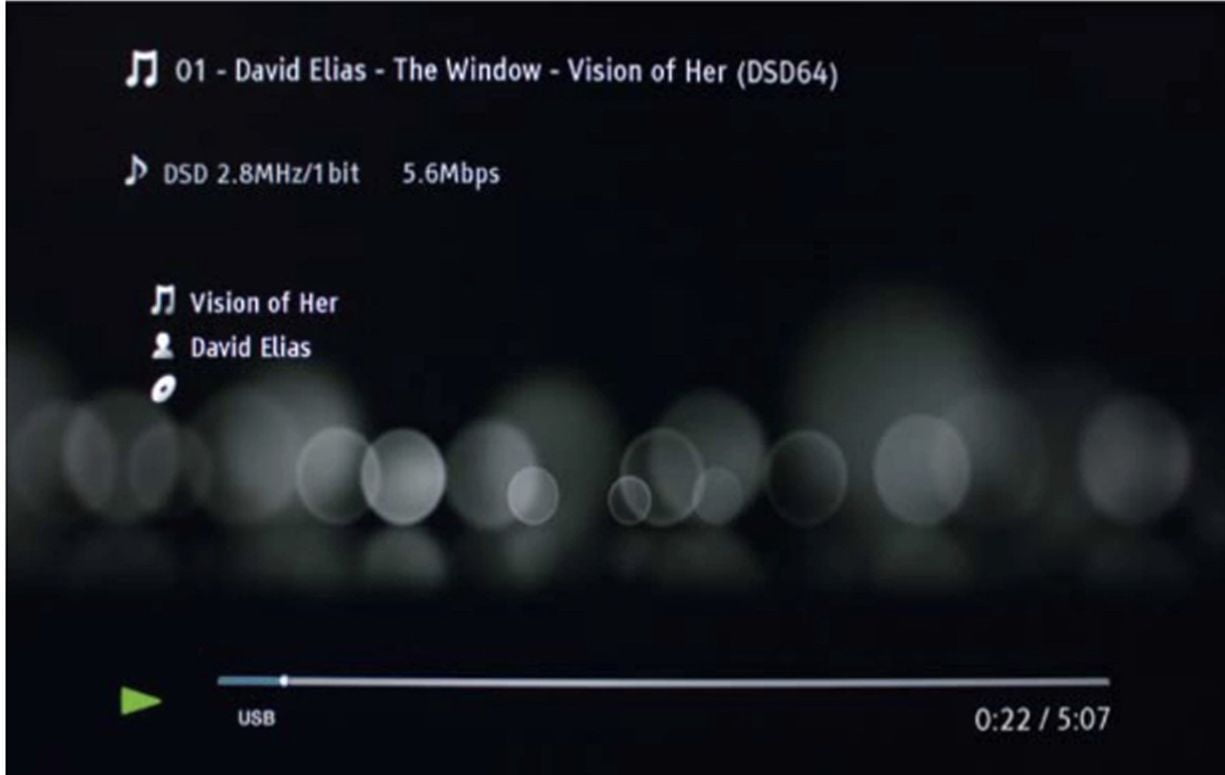
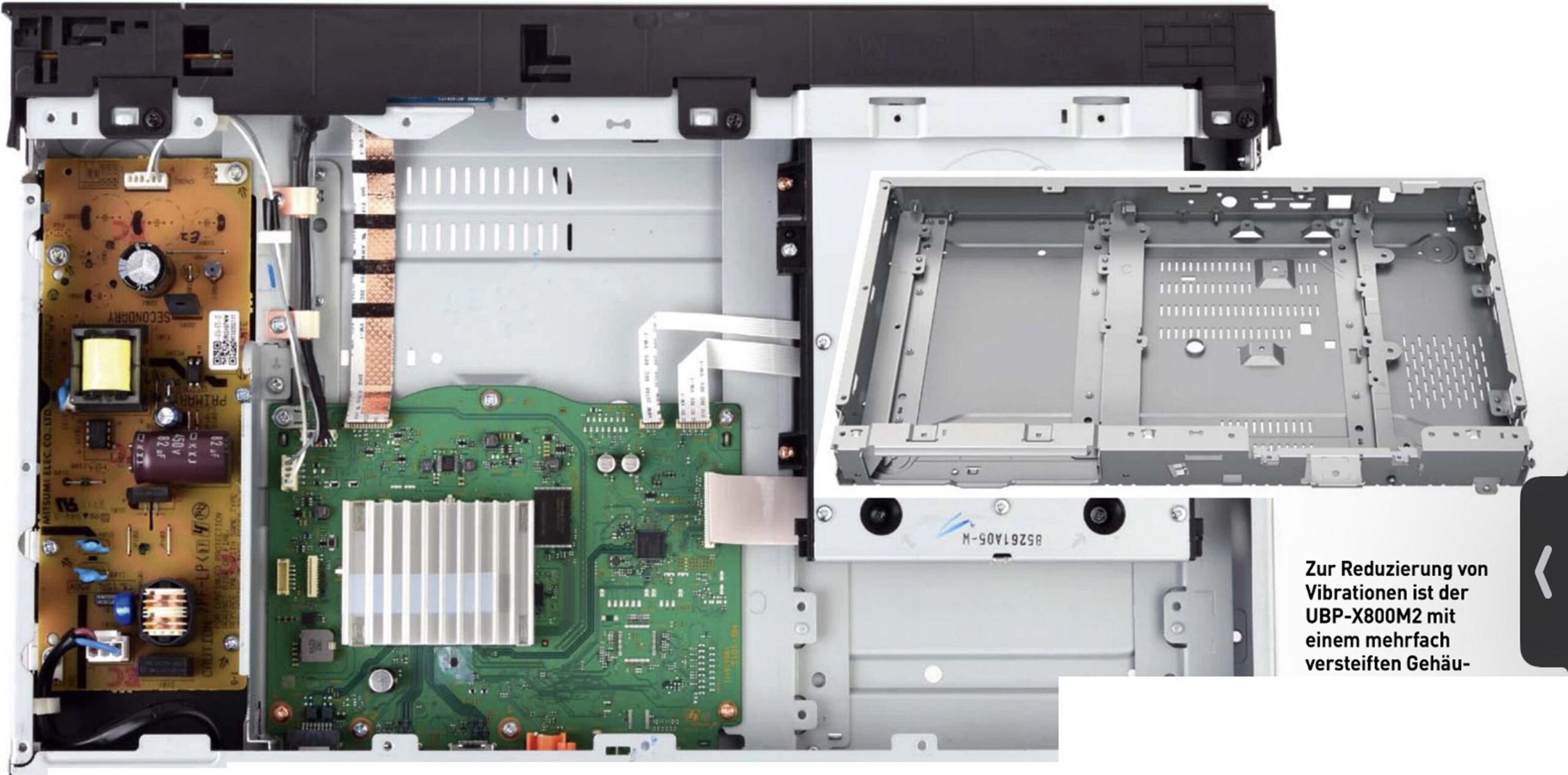

SPECIFICATIONS
ULTRA HD: Yes HDR: Yes UPSCALING: Yes. To 4K MULTIREGION: No. Region B BD/R2 DVD HDMI: 2 x outputs (one audio-only) MULTICHANNEL ANALOGUE: No DIGITAL AUDIO: Yes. 1 x coaxial audio output ETHERNET: Yes BUILT IN WI-FI: Yes SACD/DVD-A: Yes/Yes DIMENSIONS: 430(w) x 50(h) x 265(d)mm WEIGHT: 3.8kg FEATURES: Front-mounted USB port; Netflix, Amazon Prime Video and YouTube apps; HDR to SDR conversion; multimedia playback (includes DSD 11.2MHz); Frame- and-Beam chassis design; Bluetooth output for private listening
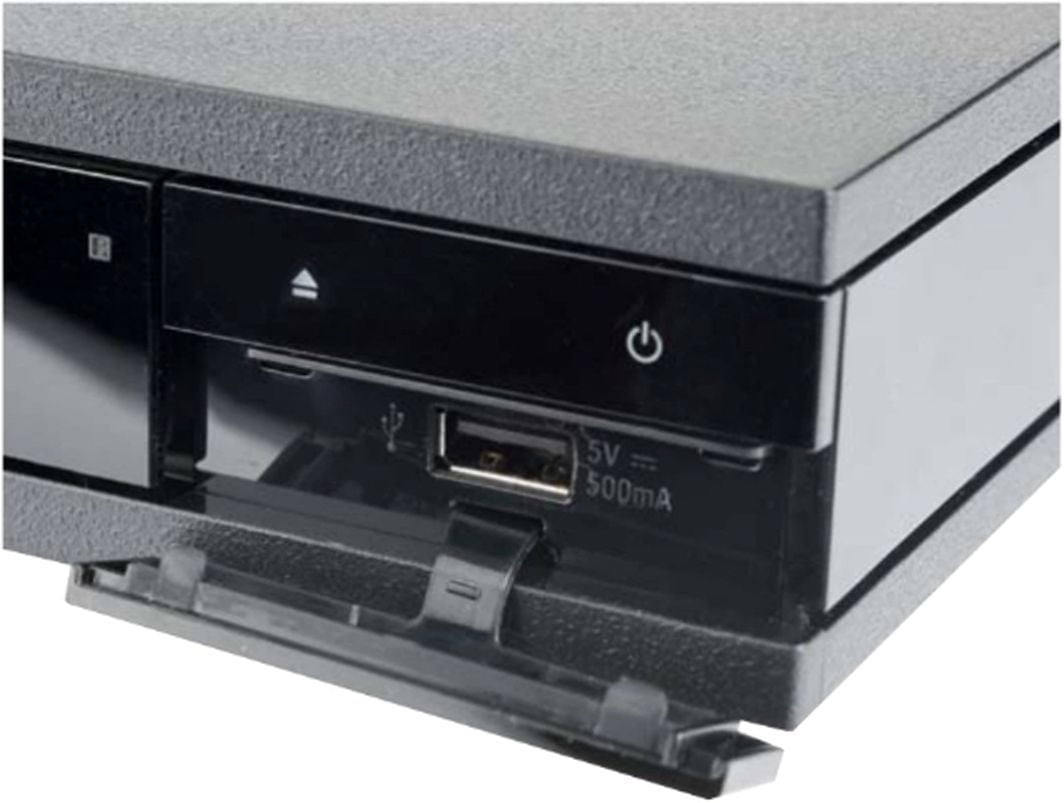
Verdict
The Sony UBP-X800M2 is a UHD-BD player that truly plays almost everything. The absence of HDR10+ is likely only an issue for the most die-hard contrast enthusiasts. Overall, this is a player with very good picture quality and quiet operation, especially when playing UHD Blu-rays.
When you purchase through links on our site, I may earn an affiliate commission. Here’s how it works.
Sony UBP-X800M2 4K Blu-ray player | Crutchfield
The Sony UBP-X800M2 4K Blu-ray player delivers pristine picture quality from your 4K discs, but it does a whole lot more, too.













